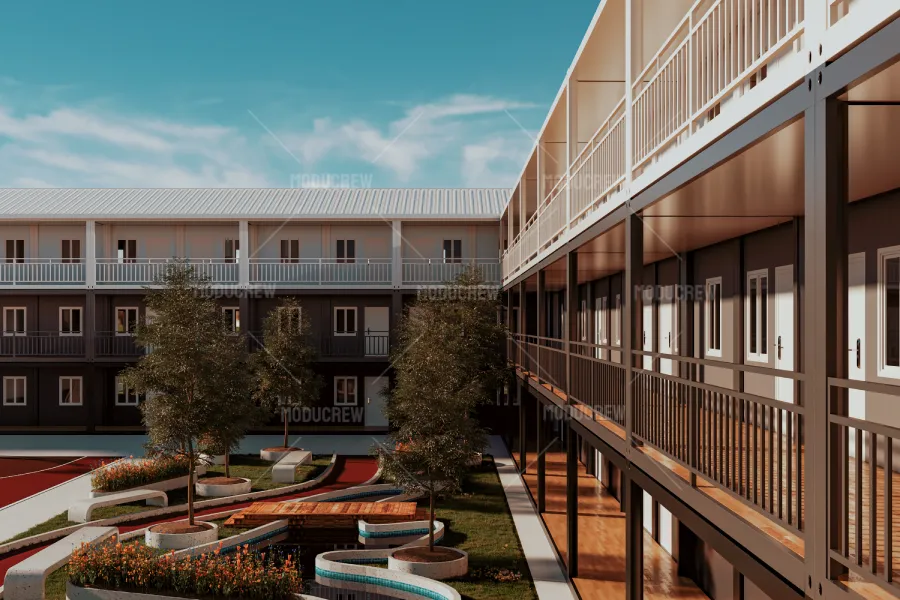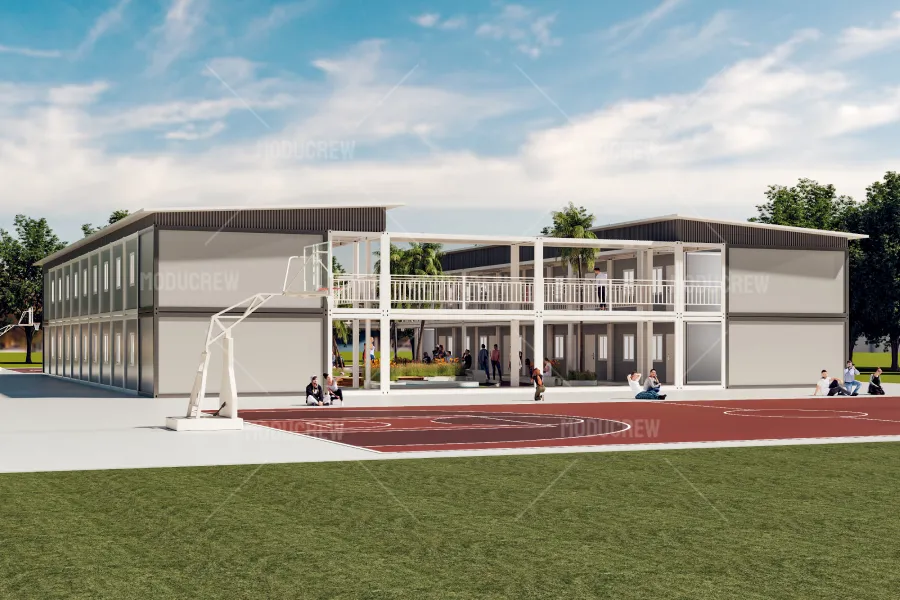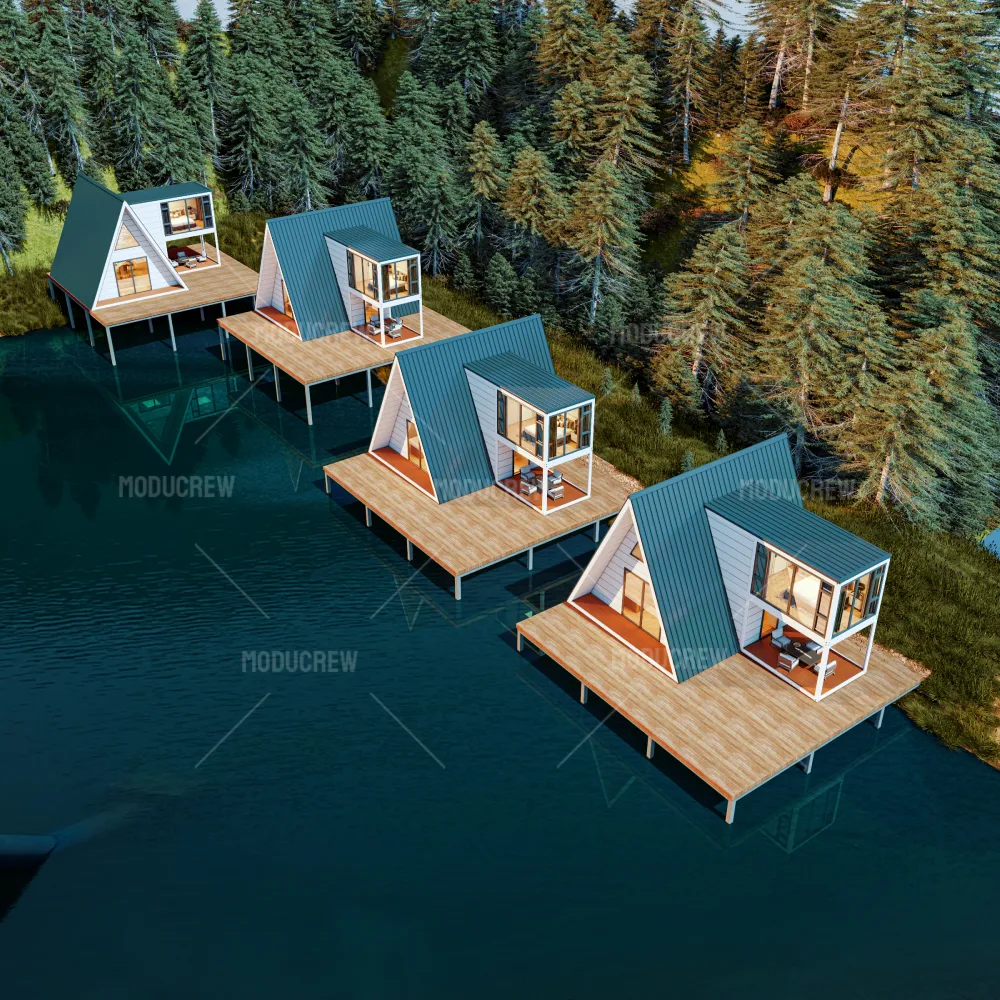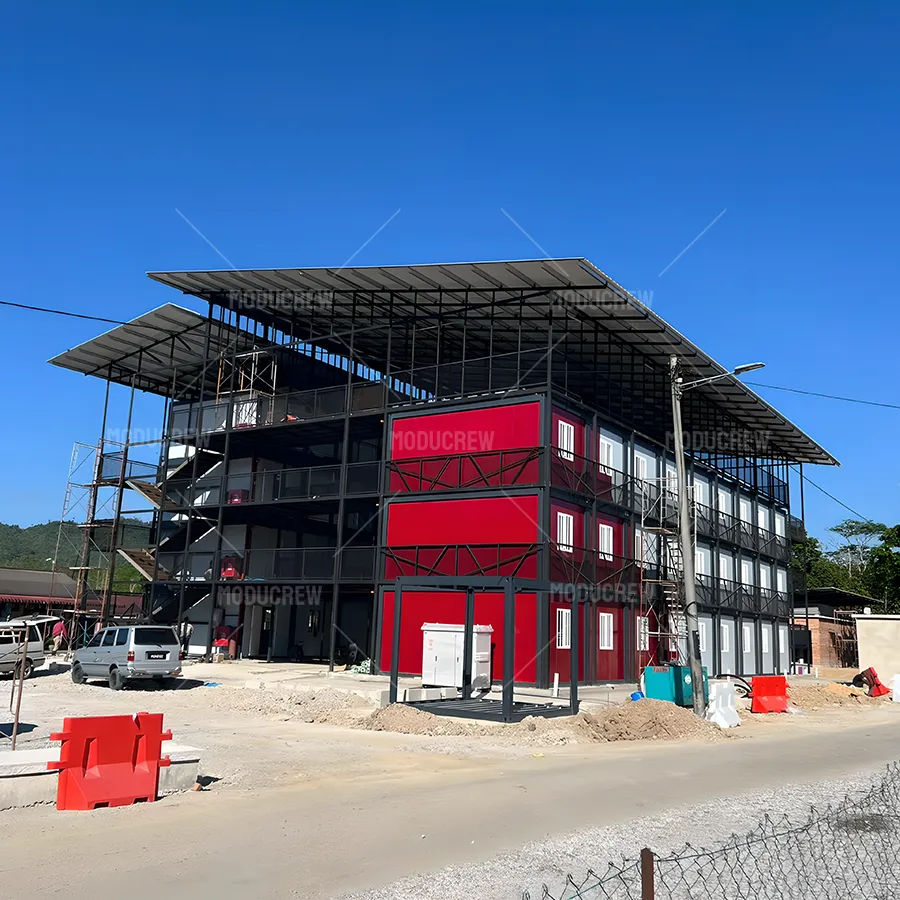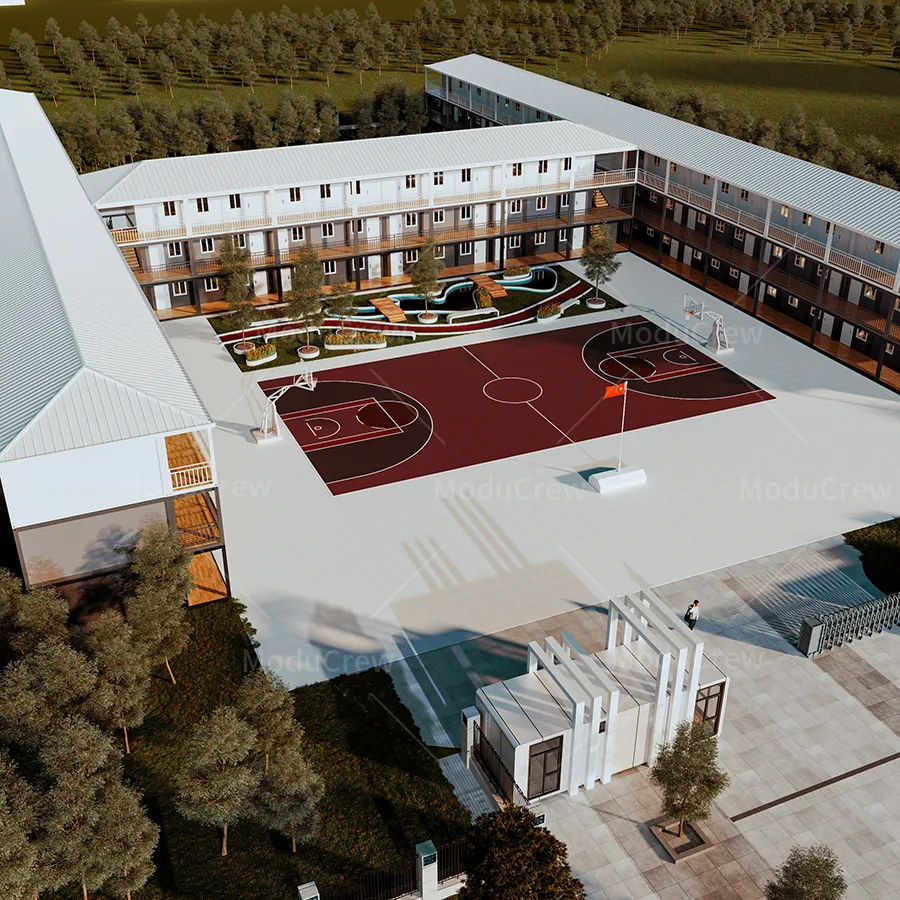学校
Flexible and Efficient Educational Space Solutions to Meet Evolving Teaching Needs
In the rapidly developing field of education, how to economically and efficiently provide high-quality, safe learning environments is a common challenge faced by many regions.
Whether it’s the deficit in school places due to population growth, the damage to educational facilities caused by natural disasters, or the need for flexible adaptation to future teaching models, traditional school construction methods often prove to be lengthy, costly, and inflexible.
Modular schools, as an innovative construction solution, are increasingly offering a more attractive option for upgrading global educational infrastructure, thanks to their significant advantages in rapid construction, low cost, construction period savings, and safe, stable structures.
Responding to Rapid Expansion and Emergency Needs
The rapid growth of educational demand or sudden events often pose severe challenges to existing educational infrastructure.
When there is a need to quickly increase teaching capacity, temporarily establish training facilities, or rapidly restore teaching order after a disaster, traditional construction methods often fall short of meeting demand in a short period.
Modular schools, particularly those employing innovative designs based on prefabricated houses and container homes, can achieve unprecedented rapid construction. Their mode of standardized production in factories followed by on-site assembly can shorten the construction period to weeks or even less, significantly saving on construction time.
This is crucial for quickly establishing new campuses in areas with population growth or for providing temporary learning spaces in emergency situations. Furthermore, the safe and stable structures provided by modular construction ensure that students learn in a secure environment, offering compliant educational facilities even in areas with relatively limited resources.
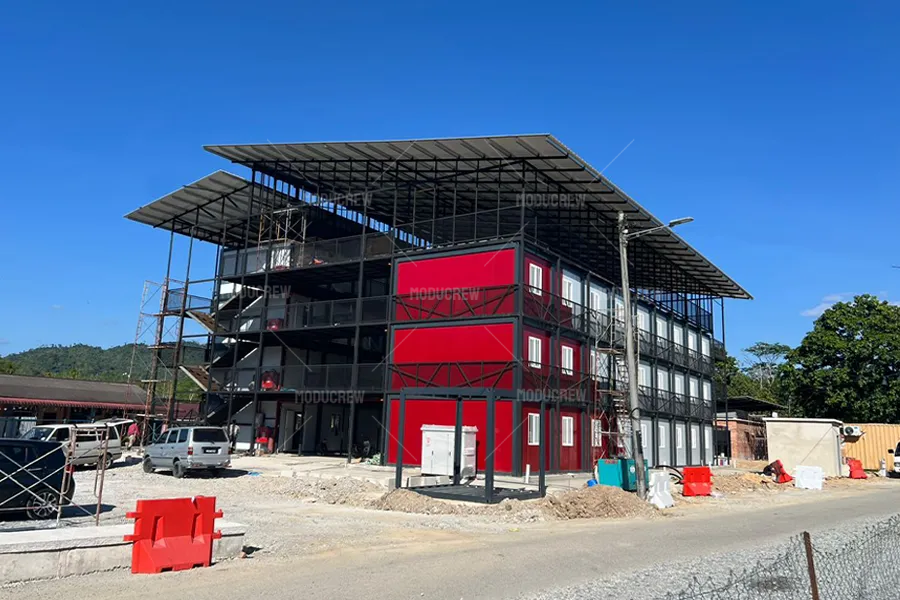
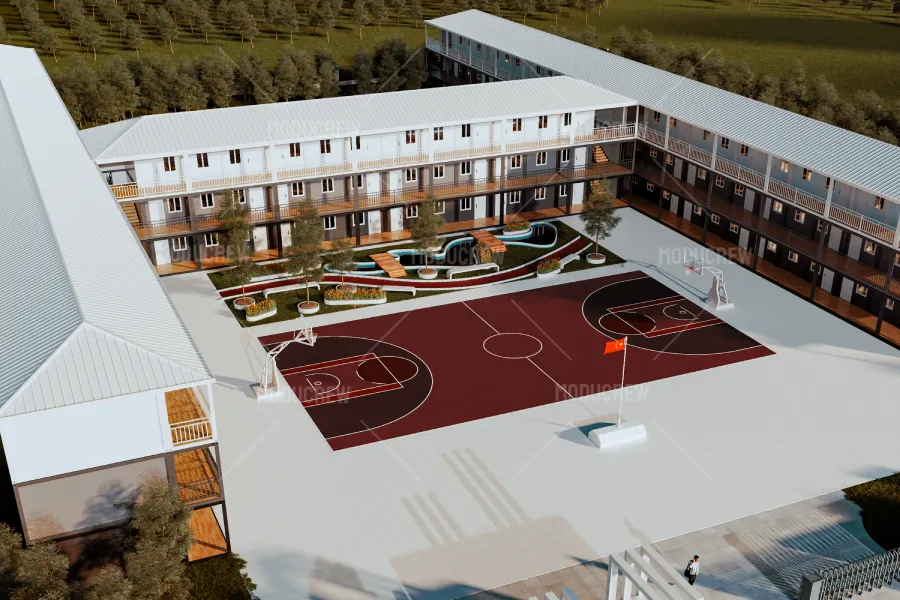
Adapting to Diverse Educational Scenarios
The evolution of educational models and the adjustment of campus functions require school buildings to possess greater flexibility and cost-effectiveness.
The disassemblable and reconfigurable nature of modular schools allows them to easily adapt to changing educational needs. For example, schools can flexibly add, remove, or adjust modular units based on curriculum adjustments, changes in student numbers, or the need for new teaching functions (such as laboratories, multimedia classrooms, or administrative offices), without the need for large-scale demolition and reconstruction. This low-cost flexibility significantly reduces the expenses for campus upgrades and modifications.
Moreover, this solution is highly suitable for use in regions or projects requiring economical and efficient construction, ensuring that limited funds can be maximally invested in education and teaching itself.
Its safe and stable structural design, coupled with environmentally friendly construction methods, provides a solid foundation for creating modern, sustainable, and adaptable campuses.
